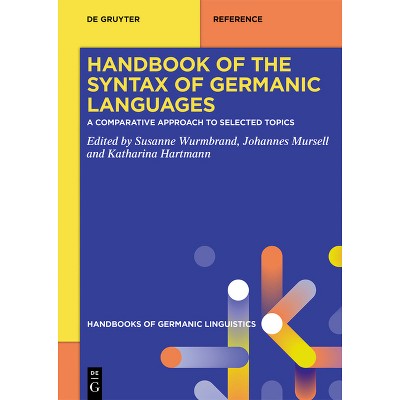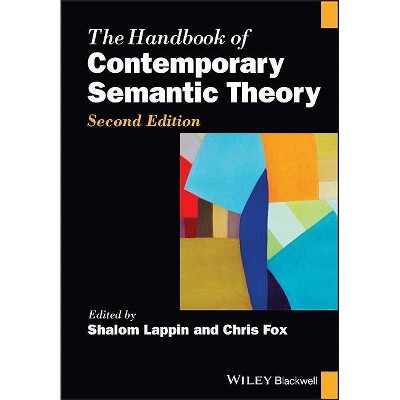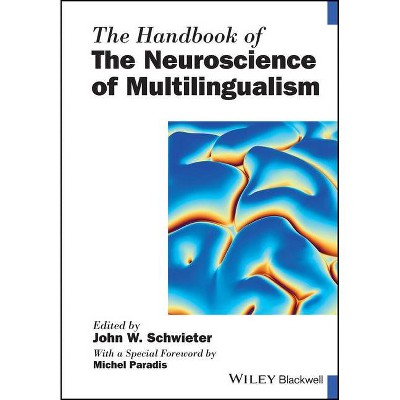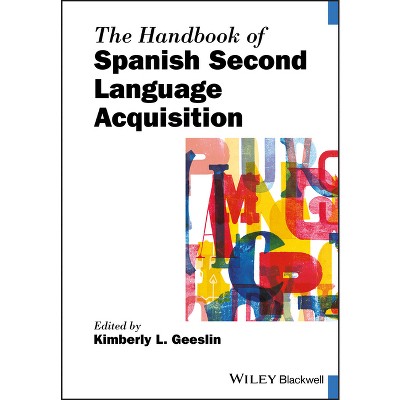Non-Verbal Predication in the World's Languages - (Comparative Handbooks of Linguistics [chl]) (Hardcover)
![Non-Verbal Predication in the World's Languages - (Comparative Handbooks of Linguistics [chl]) (Hardcover) - 1 of 1](https://target.scene7.com/is/image/Target/GUEST_bc096f8b-79f1-419d-800b-c297c39f51db?wid=300&hei=300&fmt=pjpeg)
About this item
Highlights
- The notion of predication is usually associated with the lexical class of verbs.
- About the Author: Pier Marco Bertinetto, Pisa, Italy; Luca Ciucci, Cairns, Australia; Denis Creissels, Lyon, France.
- 510 Pages
- Language + Art + Disciplines, Language Arts
- Series Name: Comparative Handbooks of Linguistics [chl]
Description
Book Synopsis
The notion of predication is usually associated with the lexical class of verbs. However, the predicate function may also be expressed by Noun / Adjective / Adverb / Quantifier Phrases:
a. John is a doctor. b. The man is old. c. The boys are in the garden. d. Sam's friends are many.
Natural languages do, with respect to non-verbal predication, what they are expected to do in any compartment of grammar: they sharply diverge in their behavior.
This book offers a wide typological overview of how languages deal with non-verbal predication (henceforth: NVP). After the pioneering works by Hengeveld (1992) and Stassen (1997), no other work has attempted to provide a comprehensive overview of this pervasive syntactic phenomenon. Hence, the need for this book.
The introductory chapter highlights the main features to be considered:
- the lexical and morphosyntactic nature of the predicate.
- the morphological expression of NVP.
- the semantic types of NVP.
The bulk of the book consists of a collection of papers, written by well-known specialists, targeting different languages or language families, thus offering a rich array of typological data.
This book will be of interest to typologists, syntacticians of any theoretical creed, and students of linguistics at large.
About the Author
Pier Marco Bertinetto, Pisa, Italy; Luca Ciucci, Cairns, Australia; Denis Creissels, Lyon, France.





![Non-Verbal Predication in the World's Languages - (Comparative Handbooks of Linguistics [chl]) (Hardcover)](https://target.scene7.com/is/image/Target/GUEST_79223422-a70f-448f-8036-b8ccd019634e)

![Handbook of Intercultural Communication in Health Care - (Handbooks of Applied Linguistics [Hal]) by Jonathan Crichton & Gillian Martin (Hardcover)](https://target.scene7.com/is/image/Target/GUEST_11f47850-d4a0-4ce5-aa8c-6906cbab7fd1)


